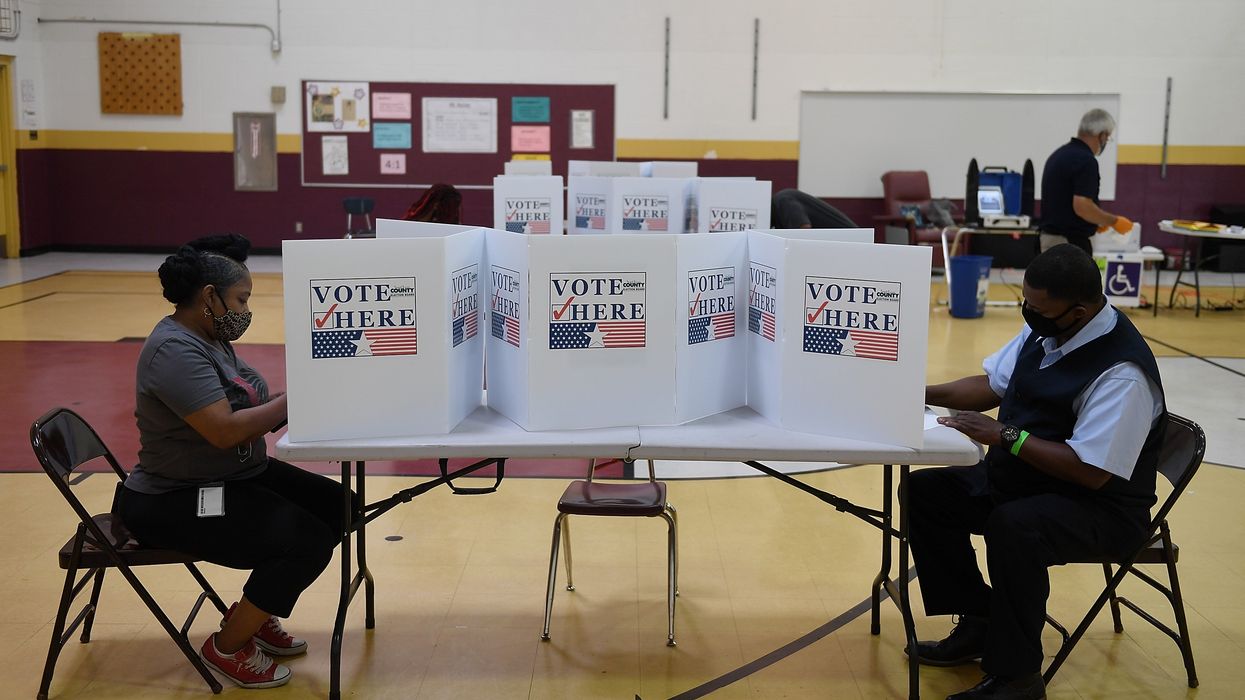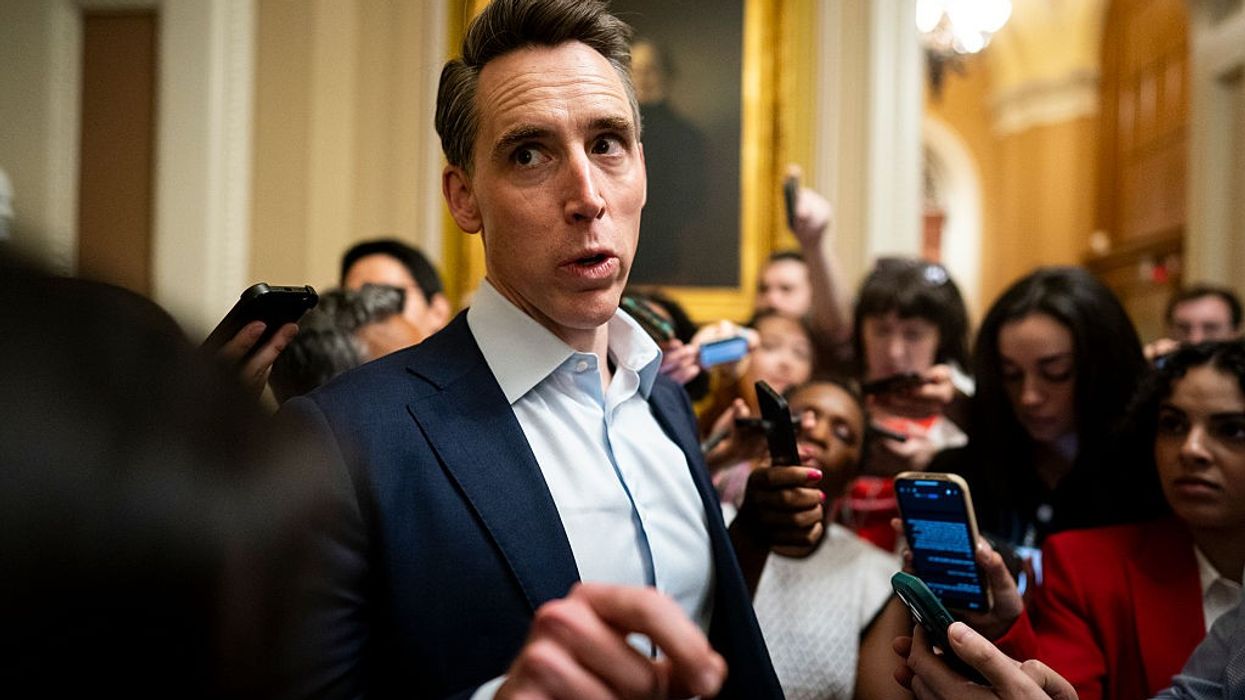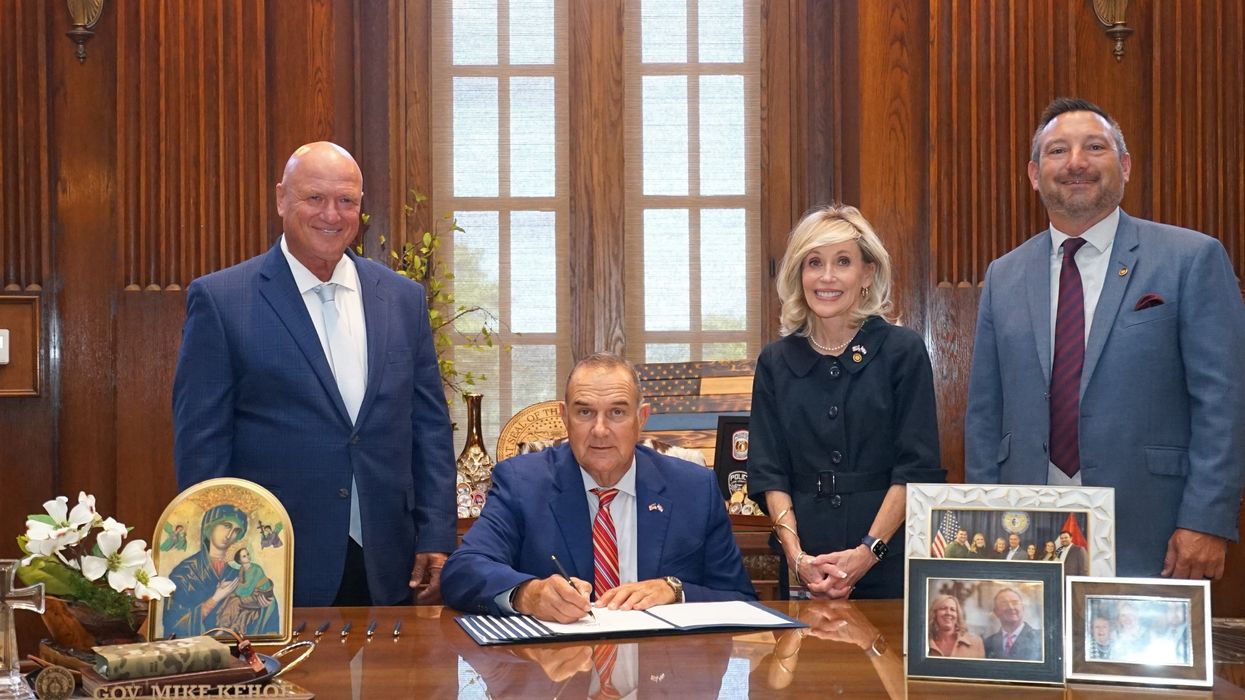Missouri's Racist Gerrymander Is an Attack on Working Voters
As these attacks target communities of color, we’re witnessing the systematic disenfranchisement of people who’ve fought hardest for economic justice and workers’ rights.
Today, I’m writing as someone who believes deeply in democracy, especially as a group of anti-worker Missouri lawmakers prepare to divide our community so that they can silence our voices, including my own.
States usually redraw electoral district boundaries every 10 years following the US Census to account for population shifts and demographic changes. But for political reasons, Texas lawmakers have gone ahead and redrawn their political map. And now several other states, including Missouri, are trying to do the same thing.
The NAACP is suing the State of Missouri to stop this action, calling it an “unconstitutional redistricting process” and a “blatant effort to silence Black voters and strip them of their fundamental rights.”
In Missouri’s 5th Congressional District, where I live, the clear aim of this gerrymandering is to dilute the voting power of Black and brown communities instead of letting us choose leaders who reflect our values. This isn’t just politics as usual. It’s a calculated assault on democracy and a power grab for an elite few.
As these attacks target communities of color, we’re witnessing the systematic disenfranchisement of people who’ve fought hardest for economic justice and workers’ rights. These same corporate-backed lawmakers recently repealed guaranteed sick days for more than 700,000 workers, including me and my coworkers.
My community deserves a voice in choosing our representation instead of having politicians strip it away—politicians who care more about protecting themselves instead of the people they were elected to represent.
A couple years ago, I got sick with what I thought was the flu. I didn’t have health insurance, so I couldn’t see a doctor. I stayed home from my shift at Taco Bell to protect my coworkers and customers from a potentially contagious illness. I was already falling behind on rent after management cut my hours prior to getting sick, and taking time to recover was the final straw. I missed $450—over half my rent. I came home from work to an eviction notice. My son Rashaad and I lost our home.
As a parent, few things are more heartbreaking than not being able to care for your children properly. Had I been able to take a few days off while still getting paid, we could have stayed housed. I couldn’t help getting sick, but the greedy corporation I worked for chose to abandon me as soon as I stopped making them rich.
If I had paid sick days, that wouldn’t happen. And ironically enough, I previously helped win paid sick days through a ballot initiative. Despite promises to respect the will of the people, Missouri politicians sided with big business over working families and overturned our right to paid leave. By gutting this policy, these corporate-backed politicians didn’t just force workers like me to go to work sick—they stole money from our pockets and food from our cupboards.
This redistricting scheme is clearly part of a two-pronged plan to suppress voter participation and double down on attacking the rights of working people. In fact, they’re using the same special session they’ve called to pass redistricting to also destroy a 115-year old ballot initiative process in our state constitution that won us—across party lines—paid leave, Medicaid expansion, and restored abortion rights.
But working people like me don’t back down when our lives are on the line. We stay committed to the fight for our rights, from the streets, to the strike line, to the statehouse. My community deserves a voice in choosing our representation instead of having politicians strip it away—politicians who care more about protecting themselves instead of the people they were elected to represent.
We were already living in modern-day economic slavery. Now they’re trying to put us in political slavery too. But we won’t let them. Across this country, working people will not be silenced or divided. Our political leaders need to stop trying to rig the rules and let the people decide who represents us.


